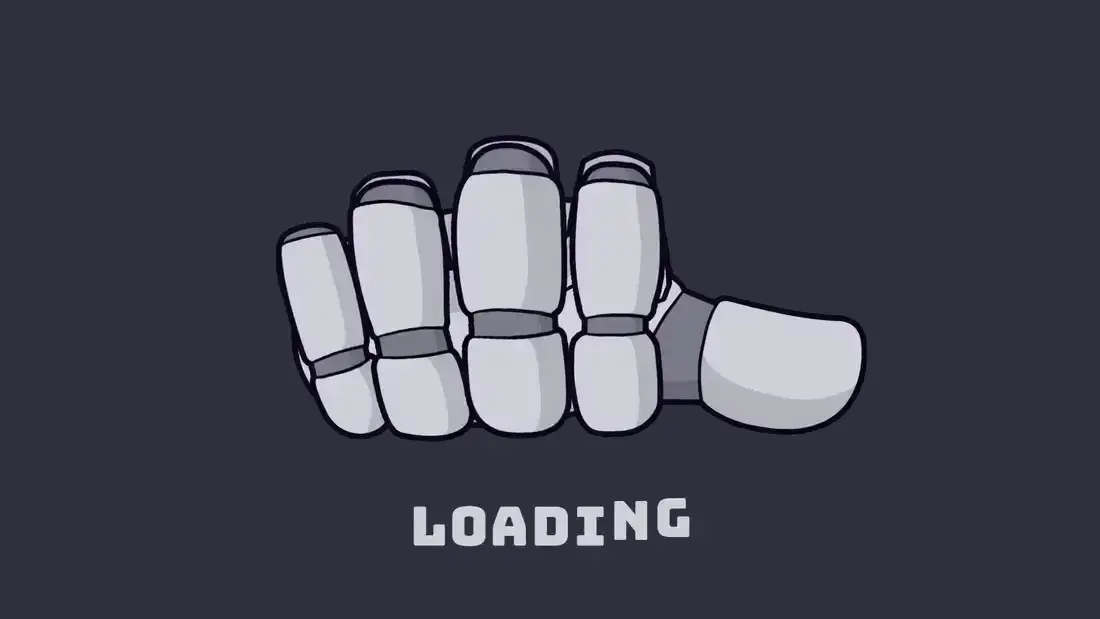▼ Most saved
Neural frames
Free mode
100% free
Freemium
Free Trial
Other tools
-
3,041863809Released 1y ago100% FreeCarlos Ponce🙏 8 karmaApr 20, 2025This is a fantastic tool. It helps me a lot to illustrate my poems and short stories.
-
 Transform ideas into vibrant AI-generated paintings.Open1936854Released 10mo ago100% Free
Transform ideas into vibrant AI-generated paintings.Open1936854Released 10mo ago100% Free -
 Transform ideas into vivid holographic art.Open1103936Released 10mo ago100% Free
Transform ideas into vivid holographic art.Open1103936Released 10mo ago100% Free -
4073179Released 10mo ago100% Free
- Sponsor:Rocket
-
472716Released 1mo ago100% FreeWOW!! i was left speechless, this is absolutely phenomenal, it creates pieces of art unlike anything i’ve ever seen before. great job!!!
-
582721Released 7mo ago100% Free
-
 Transform ideas into AI-woven art masterpieces.Open652523Released 4mo ago100% Free
Transform ideas into AI-woven art masterpieces.Open652523Released 4mo ago100% Free -
2352361Released 10mo ago100% Free
-
511818Released 10mo ago100% Free
-
1011718Released 11mo ago100% Free
-
 Open431613Released 2mo ago100% Free
Open431613Released 2mo ago100% Free -
 Transform photos into cyberpunk portraits with neon magic.Open29149Released 4d ago100% Free
Transform photos into cyberpunk portraits with neon magic.Open29149Released 4d ago100% Free - Didn't find the AI you were looking for?
-
142107Released 6mo ago100% FreeArtist Tips for Better Results with Somnira Canvas: To help Somnira Canvas render the most compelling and emotionally resonant figures—whether human or animal—users are encouraged to guide the tool with poetic, suggestive phrasing rather than highly technical descriptions. This helps maintain harmony with the platform’s expressive strengths. For human figures, try emotion-based posture phrases like “curled in sorrow,” “reaching toward a fading light,” or “kneeling in wind.” Favor mood-based modifiers over anatomical specifics, such as “a silhouette bathed in dusk” or “a quiet figure in motion blur.” For animals, use mythic or metaphorical phrasing like “a fox made of stars,” “a deer outlined in frost,” or “a lion woven from dusk and gold.” Avoid strict biological realism unless intentionally stylized (e.g., “cubist owl,” “ink-drawn heron”). Best practices include specifying camera perspective or body angle with terms like “3/4 view,” “top-down shot,” or “over-the-shoulder,” and adding atmospheric cues such as “drifting in chalk mist,” “outlined by candlelight,” or “carved in shadow.” You can also add emotion-based tags directly into the prompt—words like “longing,” “grief,” “stillness,” or “wonder” will guide the aesthetic and expressive qualities of the final artwork.
-
84817Released 1y ago100% Free
-
664Released 5d ago100% Free
Post




